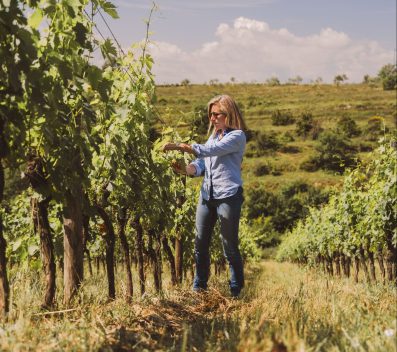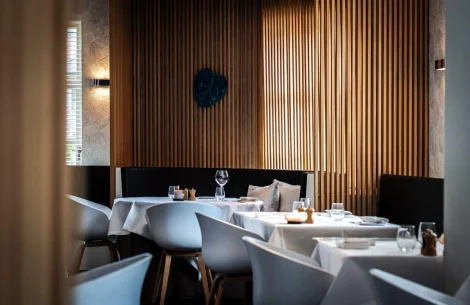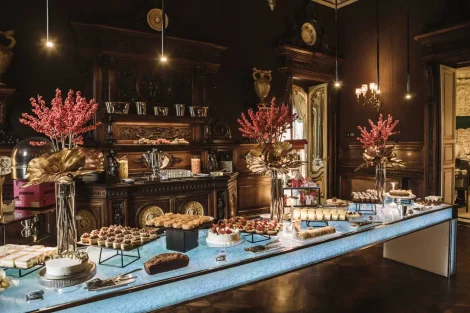Today, Puglia offers a panorama of rosé wines that represent a true stylistic category, built on varietal identity, precise oenological choices, and a strong connection to the territory. Puglian rosé, therefore, is establishing itself as a conscious product, capable of competing with international benchmarks without losing its own identity. An example that all producers, from north to south, should follow, because only in this way will rosé shed its role as a “fallback” or secondary vinification product and return to the moment, about ten years ago, when it seemed that rosé wines were about to take the market by storm. Those were years when the category was growing in consumption, production, and exports, suggesting a sort of revolution in consumer tastes. Then something broke: probably the pandemic pause strongly contributed to resetting a certain trend and brought the situation back to the classic “white or red” choice, setting aside the third pink way.
Puglian Rosés: leading grape varieties and characteristics
Negroamaro
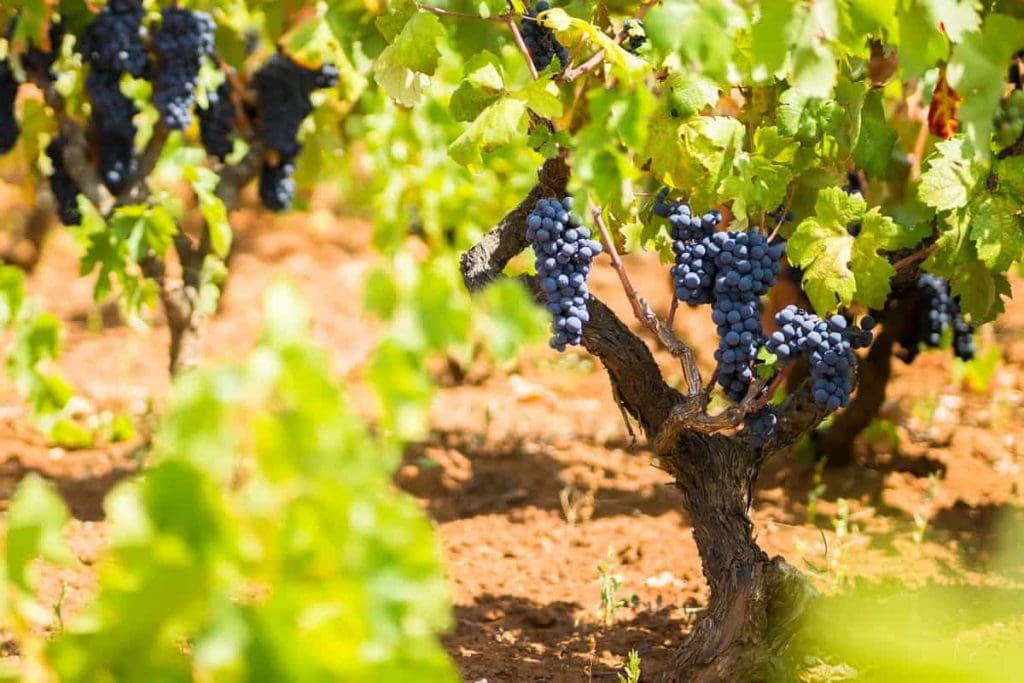
Returning to Puglia and its rosés, it is interesting to note how practically all the most important red grapes of the region are used to produce them. Negroamaro plays the leading role: with very ancient origins, it seems to have arrived in Puglia with Greek settlers who landed on the region’s shores in antiquity; rosé vinification of this grape, known for its intensity and depth in reds, reveals a surprising elegance: aromas of fresh cherry, pomegranate, and Mediterranean herbs blend with a saline structure and a rather typical bitter vein.
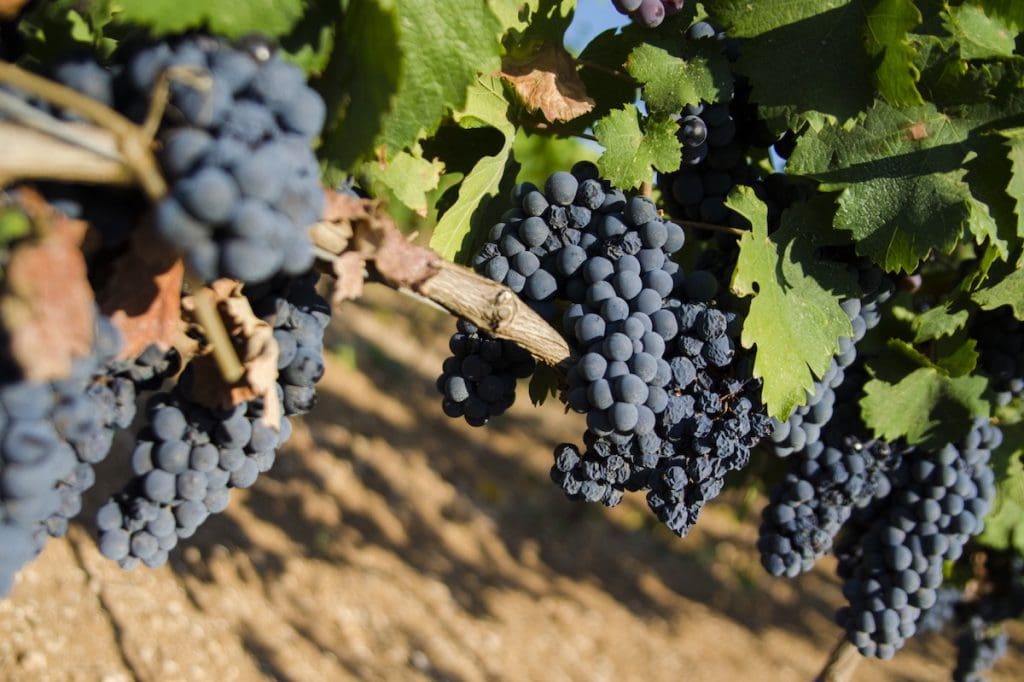
Primitivo
Then, of course, there is Primitivo: some believe it comes from Dalmatia; others trace the grape’s origin to a magnificent botanical garden of the Austro-Hungarian emperors, from which vines were sent to Puglia — where they were named Primitivo — and to California, where they became known as Zinfandel. The only certainty, historians claim, is that Primitivo made its entry into Puglia around the 18th century; vinified as rosé, it offers a more textured and enveloping interpretation of Puglian rosé. Thanks to its natural sugar richness and intense aromatic profile, it gives rise to fuller-bodied rosés, with notes of ripe strawberry, raspberry, dog rose, and a hint of spice.
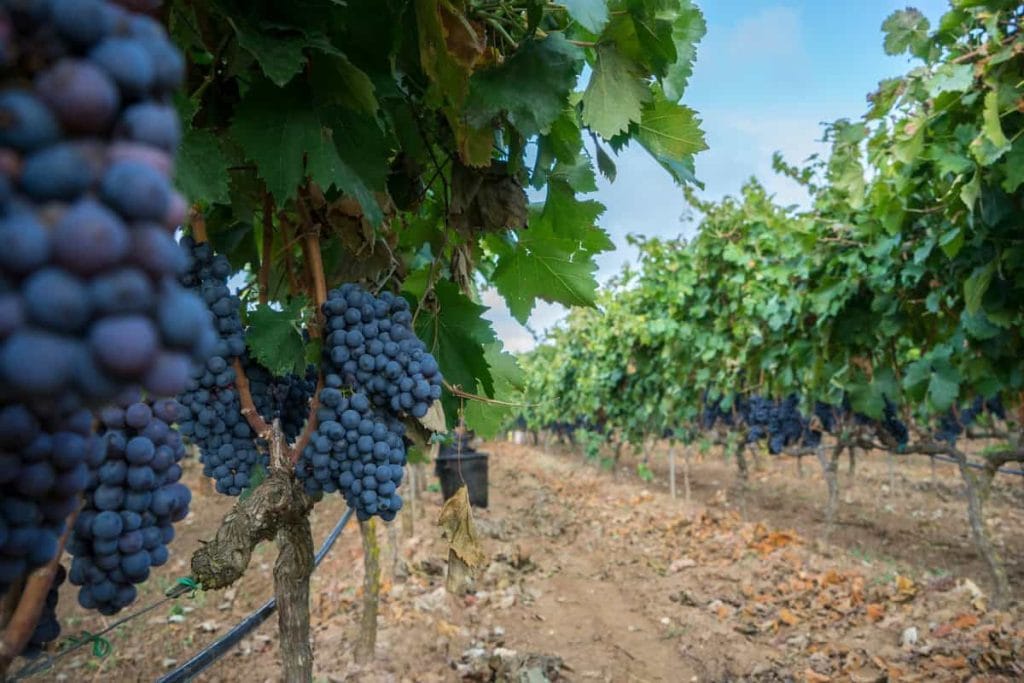
But there are also intriguing versions of rosé from other strongly territorial grapes: such as Susumaniello, one of the most modern and promising expressions, surprising with its balance between high natural acidity and aromatic finesse: aromas of currant, orange zest, rose petals, and light spices, with a dynamic palate, fresh texture, and pleasant sapidity.
Nero di Troia
Also noteworthy is Nero di Troia, one of the most structured souls of northern Puglian viticulture: a thick-skinned, polyphenol-rich grape that requires careful, precise vinification to achieve balanced and refined rosés, distinguished by a floral and spicy profile, good acidity, tension, and a slight tannic vein.
Bombino Nero
Finally, we close with Bombino Nero, for which there is even a dedicated DOCG in the rosé style, Castel del Monte Bombino Nero: it offers an elegant, fresh interpretation of Puglian rosé, capable of expressing the delicacy typical of black grapes with soft tannins. It produces rosés of great finesse, with aromas of white flowers, citrus fruits, strawberry, and white peach, enriched by a slight minerality. On the palate, it stands out for its lively freshness, silky texture, and savoury finish.
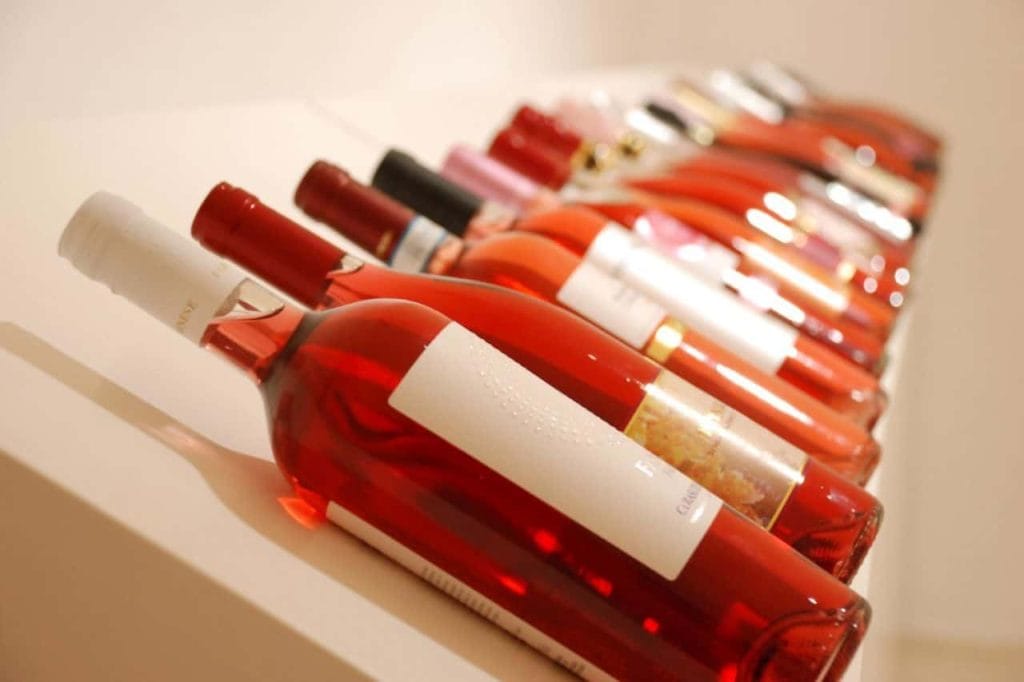
Puglian Rosé wines awarded with Tre Bicchieri and Due Bicchieri Rossi
And here are our recommendations featuring the labels that obtained the highest scores in the Vini d’Italia 2025 and Berebene 2025 guides by Gambero Rosso. You’ll notice that these are excellent wines with an outstanding quality-price ratio. A recommendation: leave these wines in the cellar for 3–4 years, and you’ll have amazing surprises, because rosé wines — at least the more structured ones (like whites) — age well and improve over time.
Among the various wines proposed by Apollonio, Il 150 Susumaniello Rosato '23 stands out, with floral scents and small red fruits on the nose, while the palate is immediate, tasty, and pleasantly drinkable. Brothers Marcello and Massimiliano Apollonio, the fourth generation of the family, have been running this company, founded in 1870, for thirty years. The vineyards are mainly on clay-limestone soils, where we find the main traditional Salento grape varieties, especially Negroamaro and Primitivo, but also Malvasia Nera, Susumaniello, and Bianco d’Alessano, in a production style rooted in tradition.
The Kreos '23 by Castello Monaci is a rosé from Negroamaro grapes of great charm in its floral tones and sweet citrus notes. The winery manages a large estate divided into three properties located on different soils: sandy soil near the sea at Masseria Flaminio in Brindisi (mainly white grape varieties), iron-rich red soil at Masseria Vittorio in Trepuzzi, Lecce (mainly Primitivo), and clayey-tuffaceous soil at the Salice Salentino estate (where indigenous red and international varieties are grown). As always, Castello Monaci delivers a solid and reliable overall performance.
Five Roses Anniversario by Leone de Castris is one of the most prestigious rosés in Italy. The 2023 version offers floral and wild red berry aromas, while the palate is savoury, pleasant, and immediately appealing. Leone de Castris is a historic name in Puglian viticulture, with the family present in the territory since the mid-17th century. The estate boasts 300 hectares of vineyards, cultivated with both traditional and international grape varieties.
The Menhir Rosato by Menhir Salento from the Marangelli family is delightful, a reference point for the Terra d’Otranto. The estate’s vineyards are located in the municipalities of Minervino, Palmariggi, and Bagnolo, complemented by a significant sourcing of grapes from growers supervised year-round by the winery's staff. The main grape varieties are traditional Salento ones, focusing on fruit richness and aromatic precision.
The Metiusco Rosato by Palamà is a great classic of our Berebene guide, and the 2023 version has floral aromas accompanied by iodised notes on the nose, while the palate is rich in fruit, savoury, and very pleasant. The Palamà family cultivates 14 hectares in the heart of Salento, divided among several estates between Cutrofiano and Matino, where traditional Puglian bush-trained vines are predominant.
The Primitivo rosato EstRosa '23 by Pietraventosa offers floral aromas with iodised hints on the nose, while the palate is savoury, highly pleasant, and well-structured. Marianna Annio and Raffaele Leo manage almost eight hectares within the Gioia del Colle denomination, on calcareous and clayey soils rich in stones and minerals, at about 380 metres above sea level.
The Gelso Rosa '23 by Podere29 displays floral and wild berry notes on the nose, while the palate is fresh, smooth, and pleasantly drinkable. Giuseppe Marrano's winery, founded just over twenty years ago, consists of 20 hectares located about ten kilometres from the salt pans of Margherita di Savoia, in an area heavily influenced by the sea and planted mainly with traditional grape varieties, especially Nero di Troia.
The Torre Testa Rosato '23 by Tenute Rubino is a truly brilliant Susumaniello rosé, which, in the absence of Oltremé, plays the leading role in the winery’s range. On the nose, it reveals floral notes, cherry, and aromatic herbs, while the palate is fresh, savoury, clear, and highly enjoyable. The Rubino family estate boasts an extensive vineyard area spread across five estates between the Adriatic coast and the Brindisi hinterland, close to the Ionian Sea. Among the varieties cultivated, the indigenous Susumaniello stands out, on which the winery has long been focusing, producing wines with both a modern style and a strong territorial identity.
The Sessantanni Rosé '21 by San Marzano Vini has a more golden than pink colour but offers good substance with its yellow plum notes. The winery relies on 1,200 contributing members. The vineyards are mainly located in the municipalities of San Marzano, Sava, and Francavilla Fontana, on red soils and calcareous soils, planted mainly with traditional varieties and a significant presence of old bush vines. Their wines aim to balance traditional alcohol richness with a modern and pleasant style.
The Marilina Rosé '23 by Cantine Spelonga is excellent. This family-run winery, founded in 2001 in Stornara, in the heart of the Tavoliere Dauno, by Carmine and Maria Franca Spelonga and now led by their daughter Marilina, manages 15 hectares of vineyards focused on traditional grape varieties. It offers aromas of citrus fruits, rose petals, and wild berries, with a savoury, immediate, and fresh palate.
The wines produced by Francesco Liantonio of Torrevento winery reflect a minimal-intervention approach favouring freshness, balance, and territorial expression. The Castel del Monte Bombino Nero Veritas Rosato '23 has aromas of red fruits, humus, and jasmine, with a fresh, savoury palate of great pleasure and length.

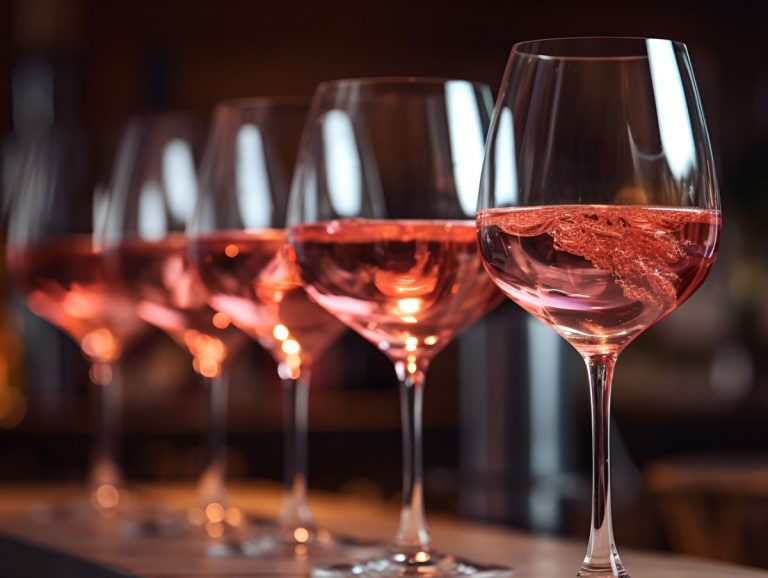
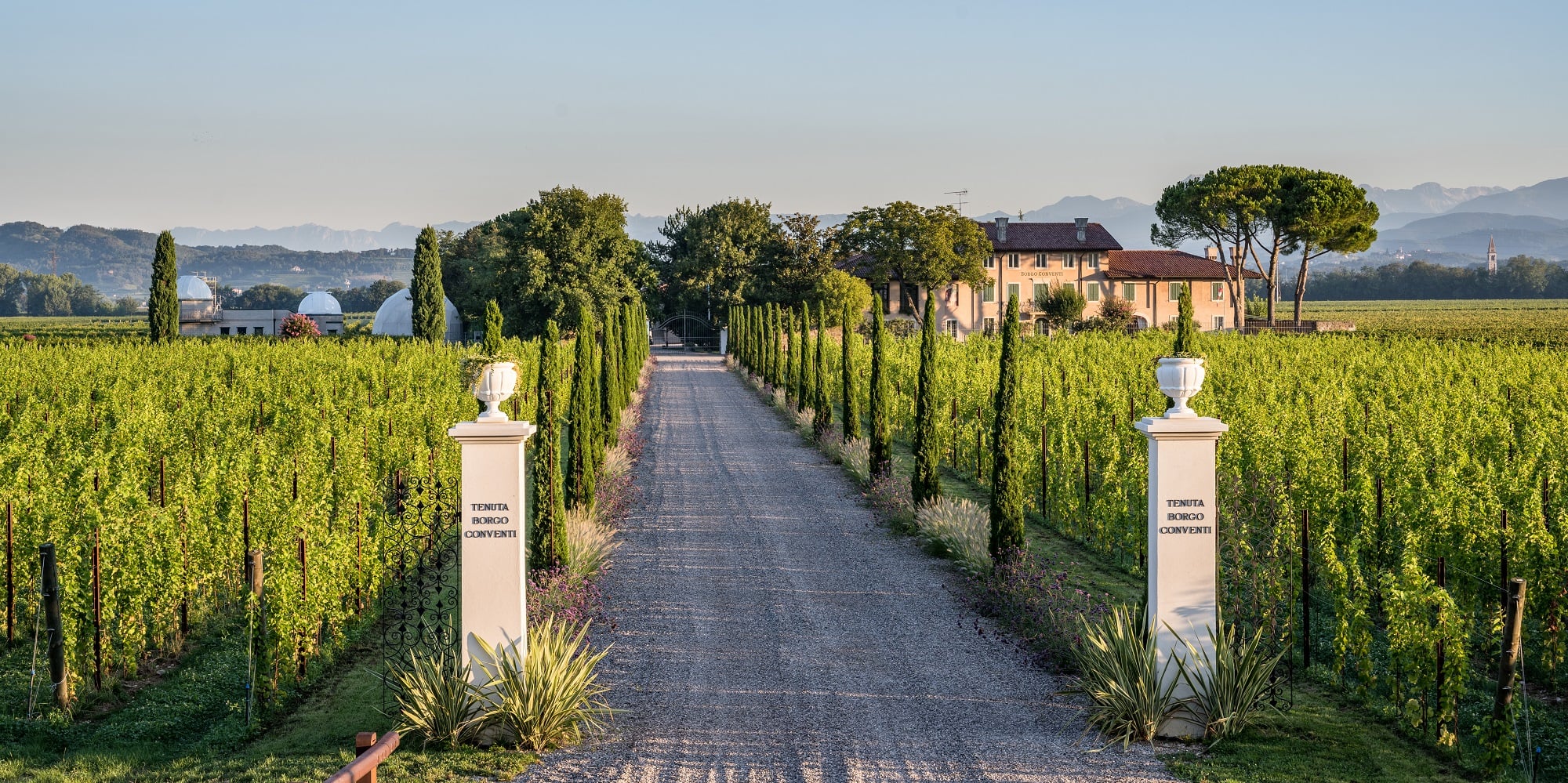 Why Borgo Conventi's Luna di Ponca should be on your radar
Why Borgo Conventi's Luna di Ponca should be on your radar Why Parmigiano Reggiano is about to become a Hollywood star
Why Parmigiano Reggiano is about to become a Hollywood star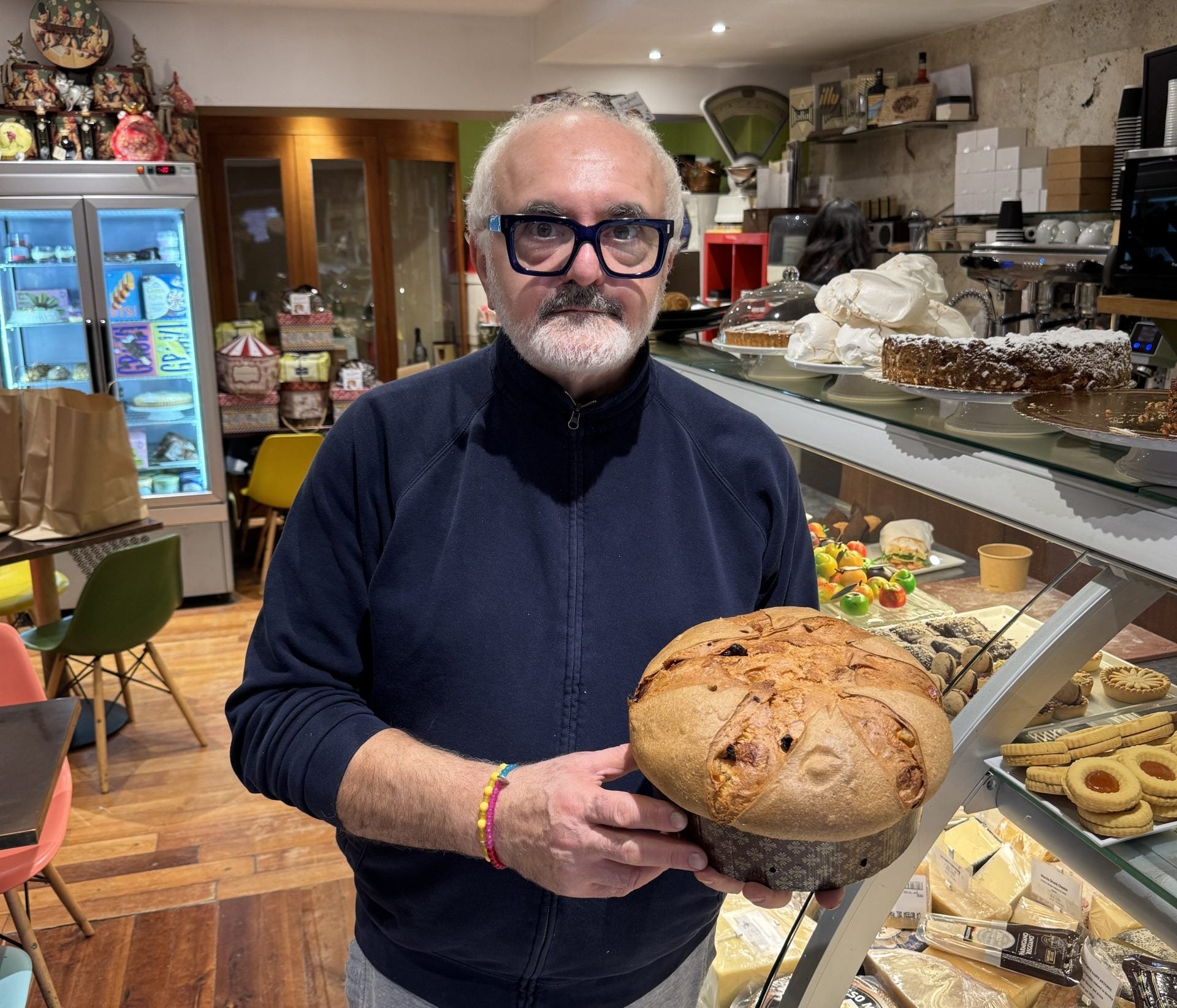 Meet London's panettone maestro
Meet London's panettone maestro Italian wineries rely on LinkedIn and Instagram for online communication
Italian wineries rely on LinkedIn and Instagram for online communication What does it take to feed the Italian rugby team?
What does it take to feed the Italian rugby team?